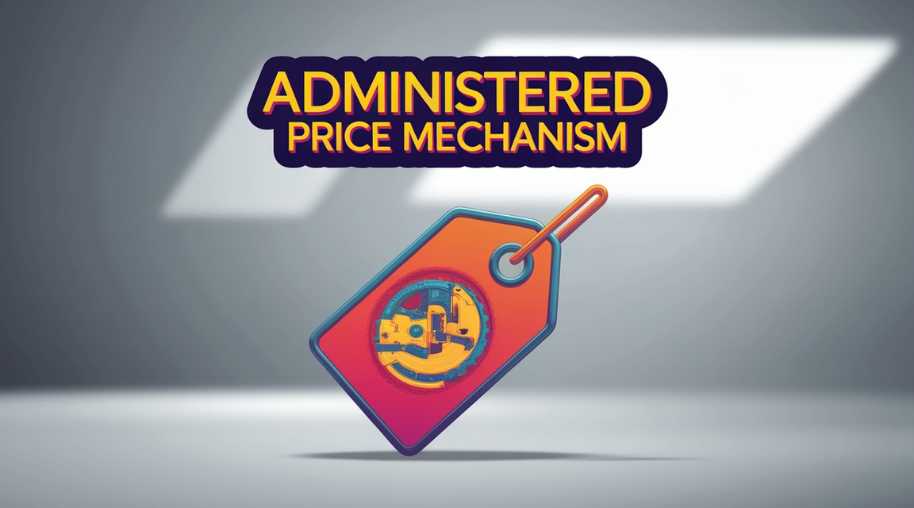STRIPS Full Form-Separate Trading for Registered Interest and Principal of Securities
by Shashi Gaherwar
0 2508
STRIPS: Separate Trading for Registered Interest and Principal of Securities Explained
In the financial world, investors seek instruments to optimize returns, manage risks, and ensure liquidity. One such instrument is STRIPS (Separate Trading of Registered Interest and Principal of Securities), a type of zero-coupon bond derived from U.S. Treasury securities. STRIPS allow investors to trade interest payments and principal components separately, making them attractive for predictable cash flows and low-risk investments.

This article delves into the concept, benefits, risks, and practical applications of STRIPS in the financial market.
What Are STRIPS?
STRIPS are U.S. Treasury securities separated into two parts:
- Principal (Face Value): The amount received at maturity.
- Interest (Coupon Payments): Regular interest payments, stripped and sold separately.
As zero-coupon bonds, STRIPS are sold at a discount to face value and do not pay periodic interest. Investors earn returns when the bonds mature at full face value.
How STRIPS Work
The STRIPS process involves:
- Stripping the Treasury Securities: The U.S. Department of the Treasury issues bonds, which financial institutions “strip” into interest payments and principal, creating separate zero-coupon securities.
- Trading STRIPS: Investors buy and sell individual STRIPS (coupon payments or principal) on the secondary market for liquidity and price appreciation.
- Maturity and Returns: STRIPS mature at the face value, with profits from the difference between the discounted purchase price and maturity value.
Benefits of STRIPS
STRIPS offer several advantages for investors:
- Low Risk and High Security: Backed by the U.S. government, ensuring full principal repayment at maturity.
- Predictable Returns: No reinvestment risk, as investors know the exact payout at maturity.
- Portfolio Diversification: Used by institutional investors, pension funds, and individuals to balance portfolios and hedge market volatility.
- No Reinvestment Risk: Eliminates the need to reinvest periodic interest at uncertain rates, unlike traditional bonds.
Risks of STRIPS
STRIPS carry certain risks:
- Interest Rate Risk: Highly sensitive to interest rate changes, with rising rates reducing market value, especially for longer-maturity STRIPS.
- Inflation Risk: Lack of periodic payments means no inflation protection, potentially reducing the real value of the final payment.
- Taxation on Phantom Income: Investors pay taxes on imputed interest annually, despite no cash flow, creating potential cash flow challenges.
Who Should Invest in STRIPS?
STRIPS are suitable for:
- Long-Term Investors: Seeking safe investments with guaranteed payouts.
- Institutional Investors and Pension Funds: To match future liabilities with predictable funds.
- Risk-Averse Investors: Benefiting from U.S. Treasury-backed security.
Comparison: STRIPS vs. Traditional Bonds
Key differences between STRIPS and traditional bonds include:
- Coupon Payments: STRIPS: No; Traditional Bonds: Yes.
- Market Sensitivity: STRIPS: High; Traditional Bonds: Moderate.
- Interest Rate Risk: STRIPS: High; Traditional Bonds: Moderate.
- Reinvestment Risk: STRIPS: None; Traditional Bonds: Present.
- Tax on Imputed Interest: STRIPS: Yes; Traditional Bonds: No.
- Backed by U.S. Government: Both: Yes.
Future of STRIPS in Financial Markets
STRIPS are evolving with market trends:
- Digitalization: Electronic trading platforms increase accessibility for retail investors.
- Blockchain Integration: Potential to streamline trading with improved transparency and efficiency.
- Growing Demand: Preferred by conservative investors in volatile economic conditions.
STRIPS (Separate Trading of Registered Interest and Principal of Securities) offer a unique investment opportunity for those seeking low-risk, predictable returns backed by the U.S. Treasury. While they provide security and diversification, investors must consider interest rate risk, inflation impact, and taxation. As financial markets evolve, STRIPS remain a valuable tool for portfolio management, particularly for institutional investors and long-term planners.
Further Learning Resources
If you’re passionate about building a successful blogging website, check out this helpful guide at Coding Tag – How to Start a Successful Blog. It offers practical steps and expert tips to kickstart your blogging journey!
For dedicated UPSC exam preparation, we highly recommend visiting www.iasmania.com. It offers well-structured resources, current affairs, and subject-wise notes tailored specifically for aspirants. Start your journey today!

Share:








Comments
Waiting for your comments